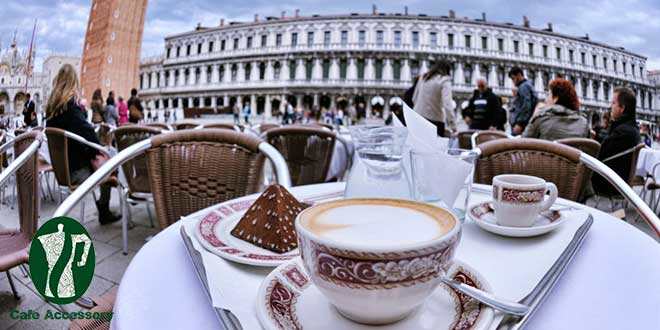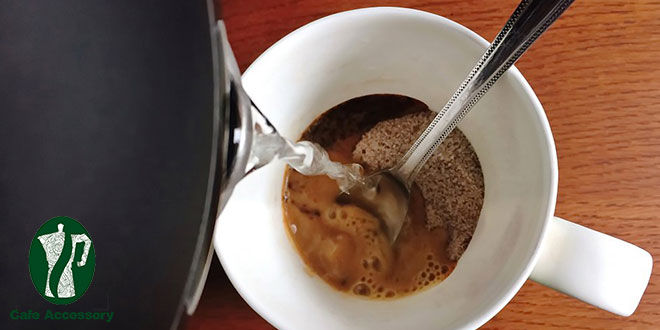کافه اکسسوری – «آیا تابهحال قهوهای را امتحان کردهاید که میدانید از دستگاه گوارش حیوان عبور میکند؟» برخی از گرانترین قهوههای جهان تحت عنوان کوپی لوواک Kopi Luwak قرار دارند که به معنی «قهوه سایوت» است.
ایده این است که گربه کوچک سایوت هنگام پرسه زدن در کف جنگل فقط بهترین (رسیدهترین) گیلاس را برای خوردن انتخاب میکند و سپس لوبیا در سیستم هضم گربه یک فرآیند ویژه را پشت سر میگذارد.
قهوه حاصل یک امر نادر و عجیبوغریب است که به دنبال آن داستانهای زیادی شکل میگیرد و داستان بازاریابی به همین ترتیب ادامه دارد.
واقعیت خیلی کمتر خیالی است.
رفاه حیوانات یک نگرانی جدی است ، زیرا گربههای در قفس قهوه کم درجهای را بازور دریافت میکنند.
علاوه بر این ، در تستهای طعم کور ، قهوههای کوپی لوواک هرگز نمره بالایی کسب نکردهاند؛ اما یک داستان خوب یکچیز قدرتمند است.
منبع: The Coffee Dictionary, Maxwell Colonna
Kopi Luwak
“Have you ever tried the coffee that gets … you know … ‘passed though’ an animal?”
Some of the most expensive coffee in the world comes under the label Kopi Luwak, which translates as “civet coffee”.
The idea is that the little civet cat chooses only the best (most ripe) cherries to eat as it wanders the forest floor, and that the beans then undergo a special processing in the cat’s digestive system.
The resulting coffee is an exotic and sought-after rarity, or so the marketing story goes.
The reality is far less fanciful. Animal welfare is a serious concern, as caged civet cats get force-fed low-grade coffee.
To top it off, in blind taste tests Kopi Luwak coffees have never scored highly.
A good story is a powerful thing.
کافه اکسسوری را در اینستاگرام نیز دنبال کنید.











